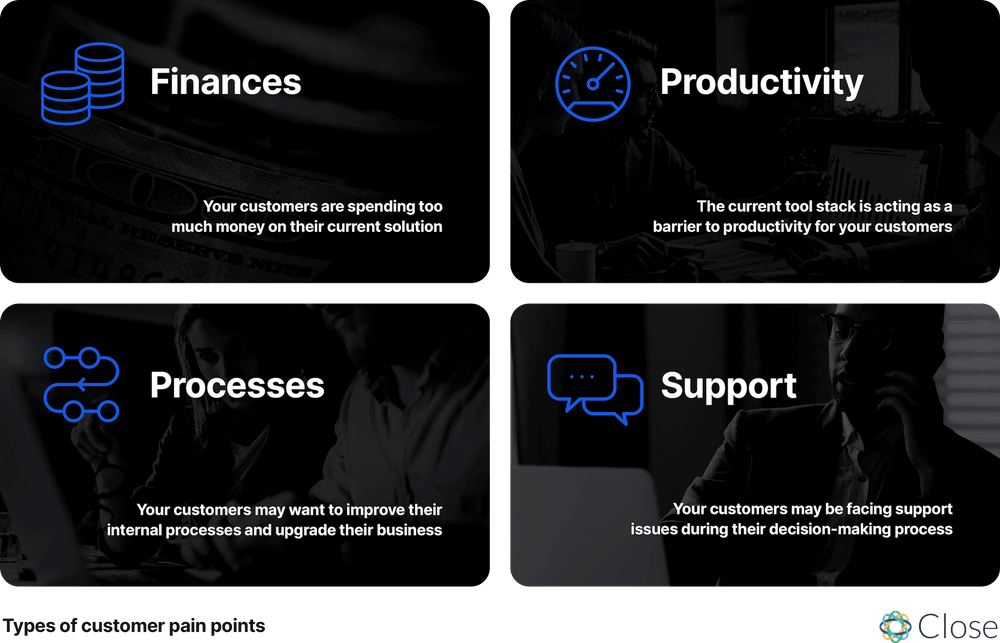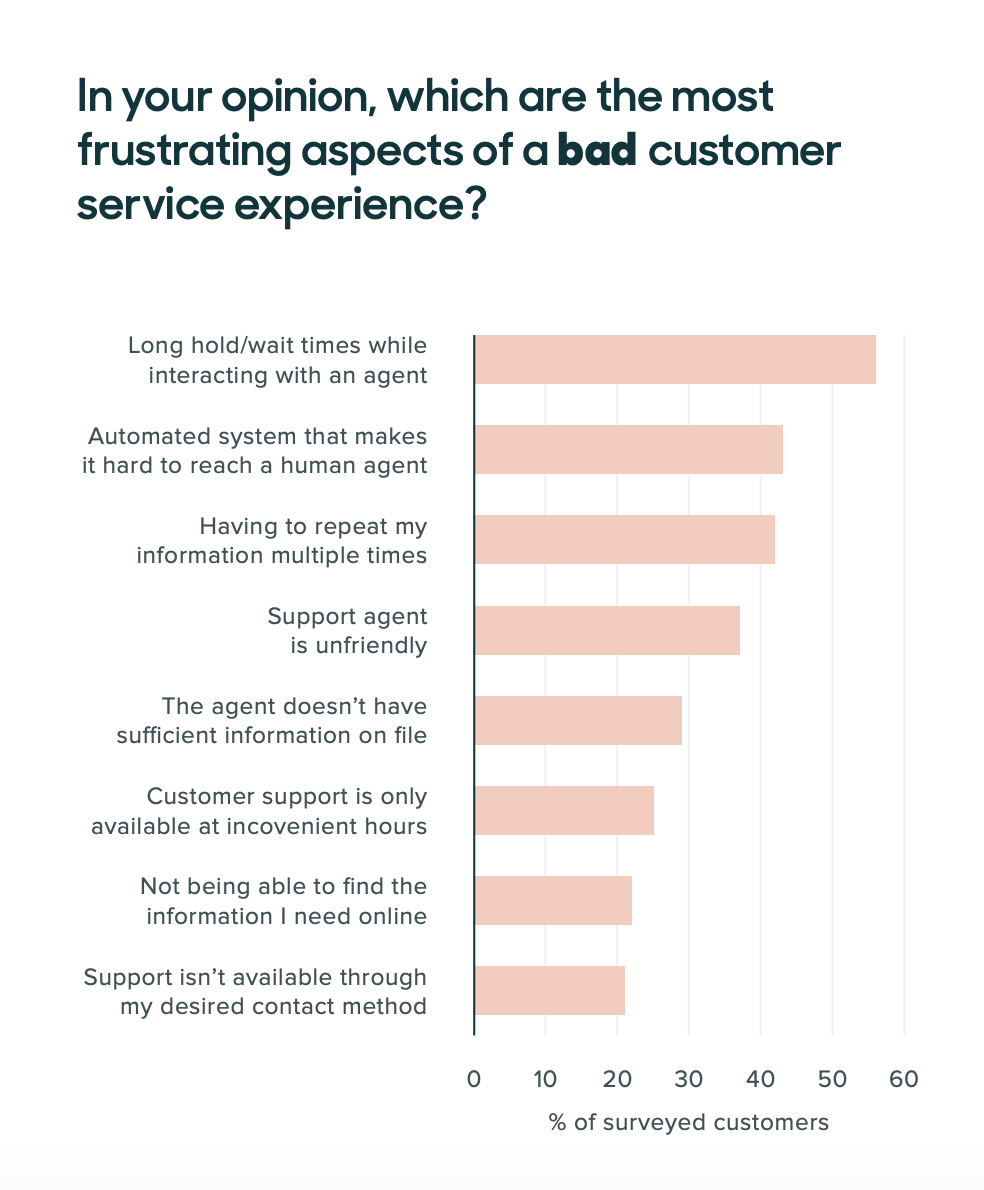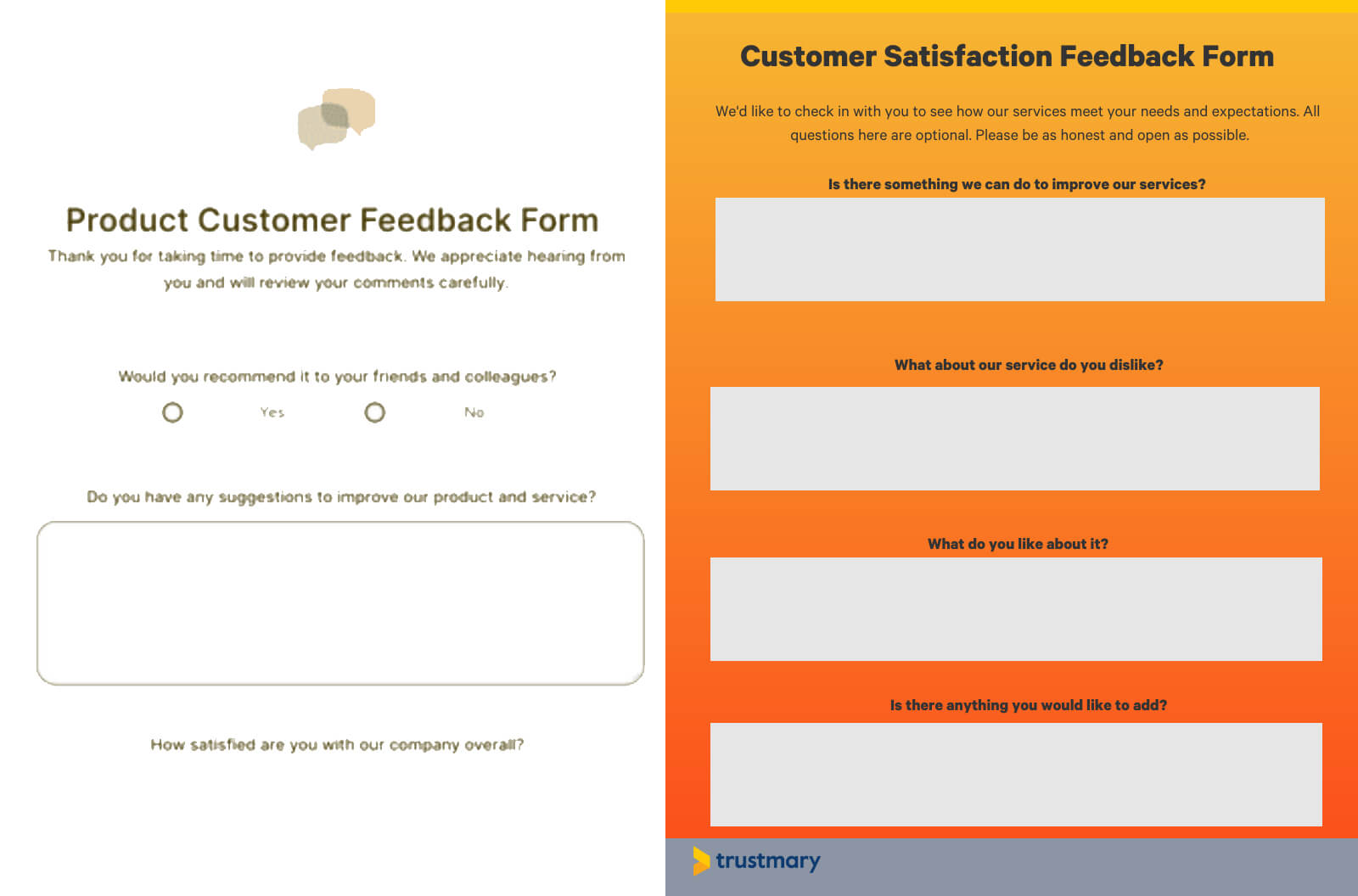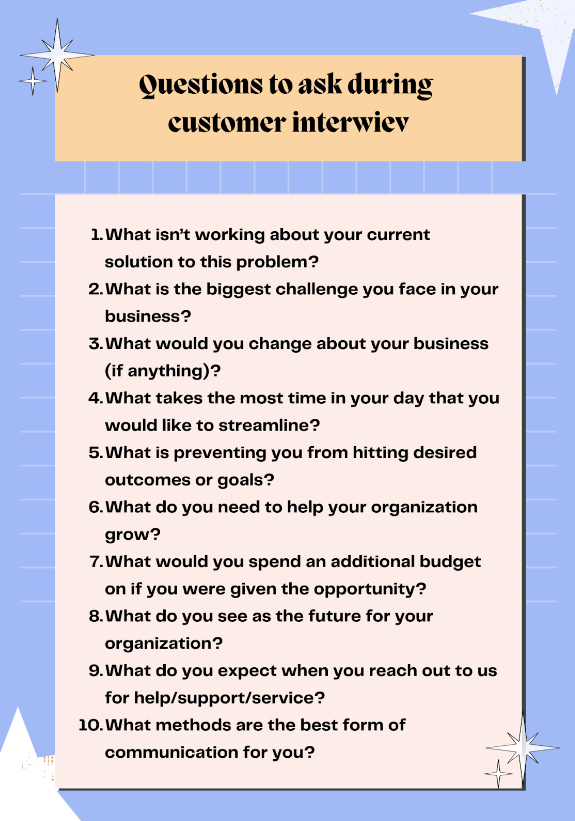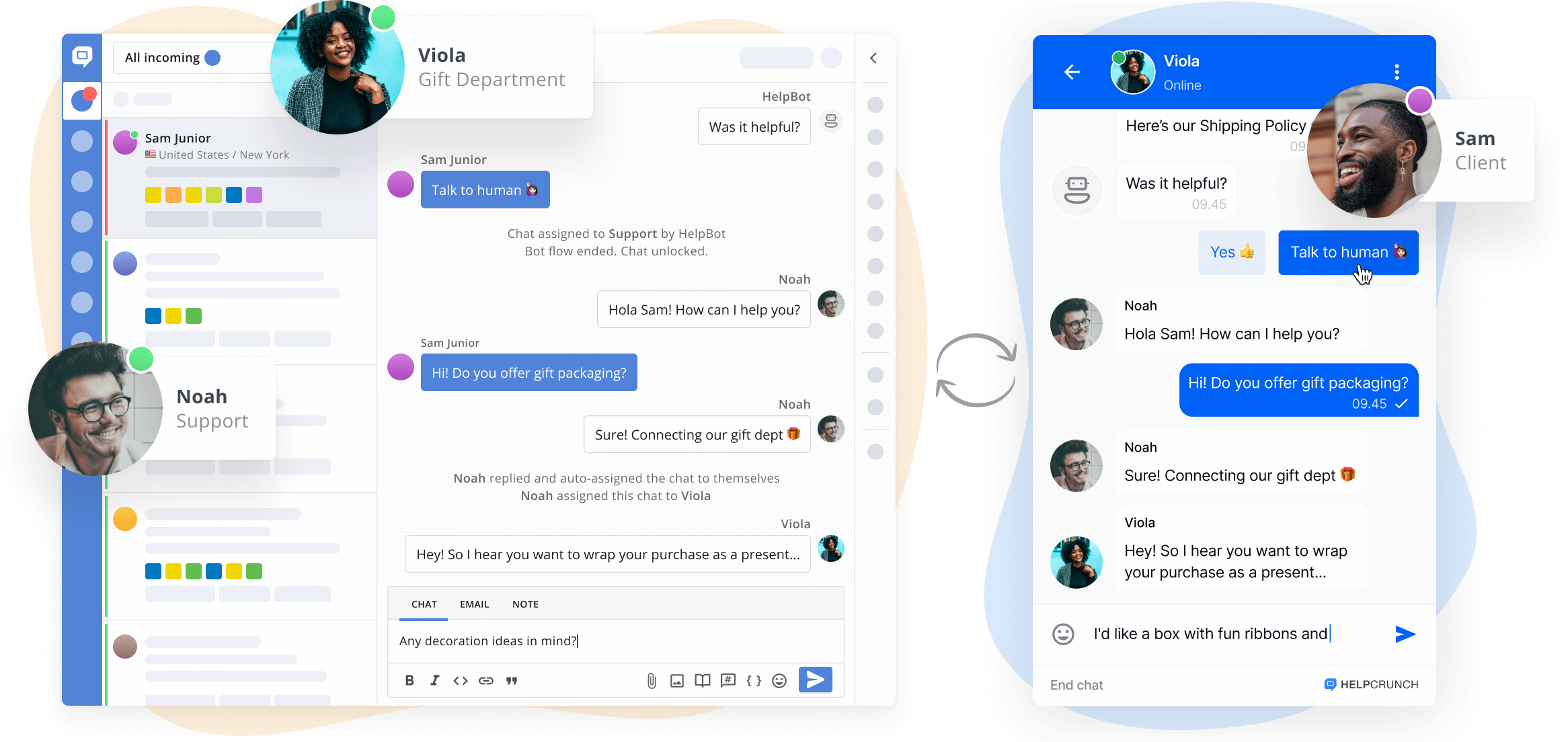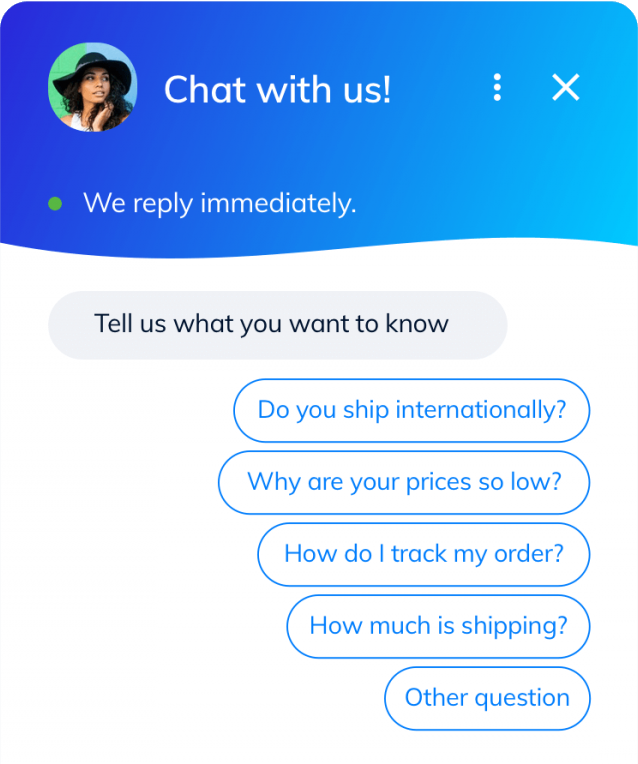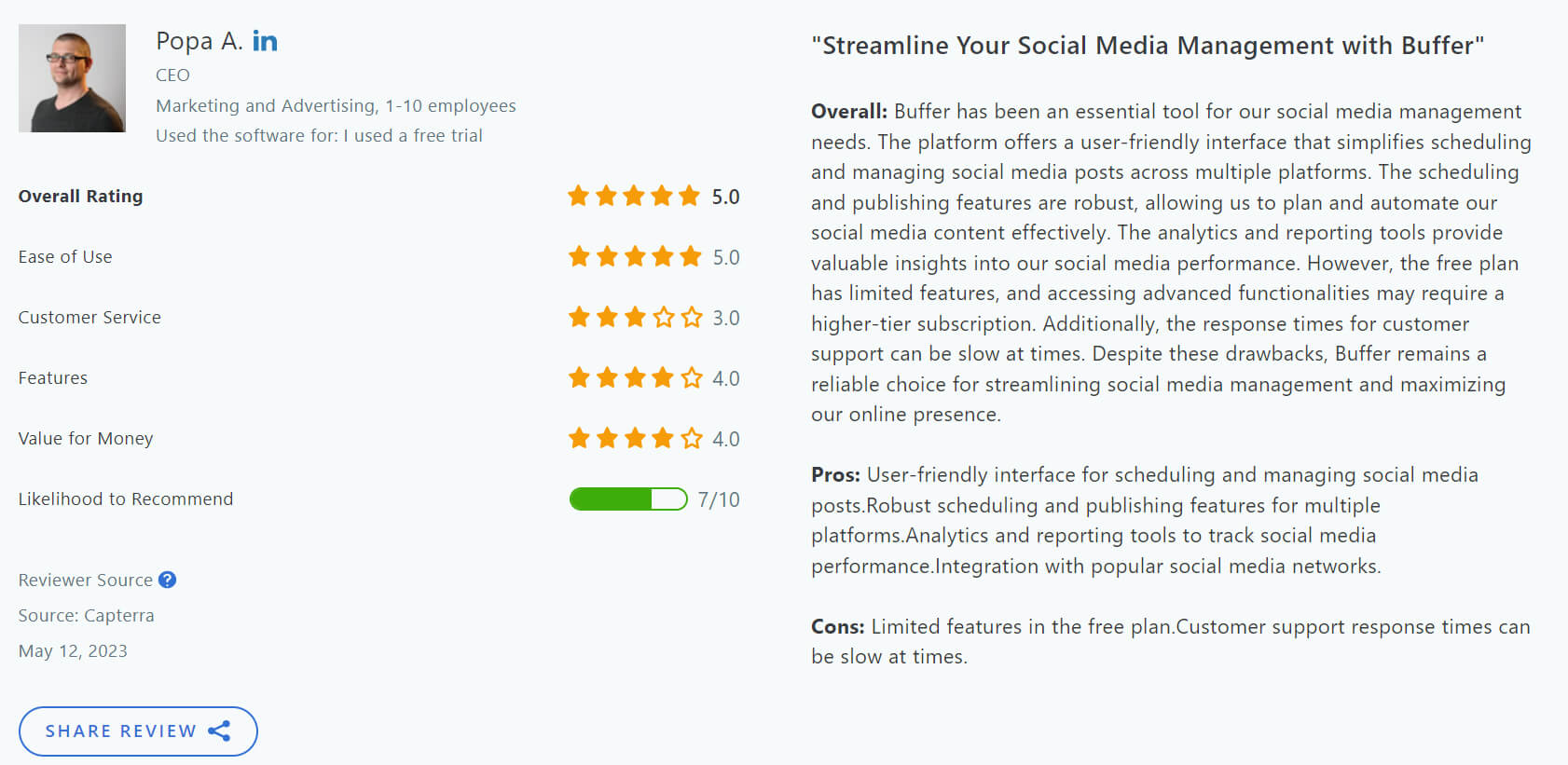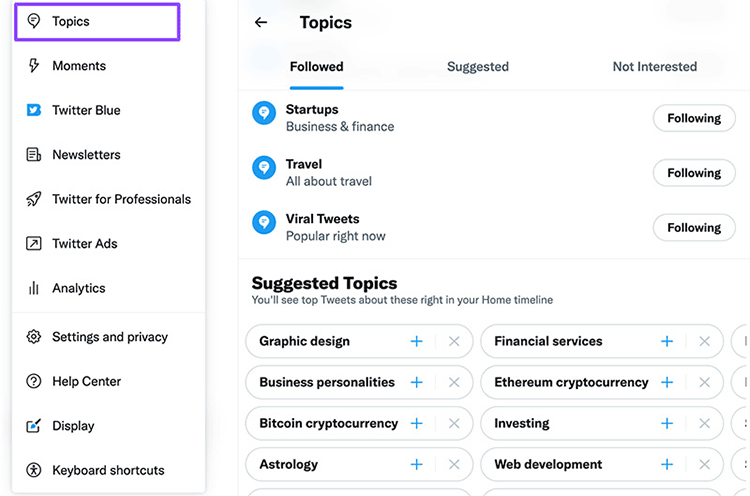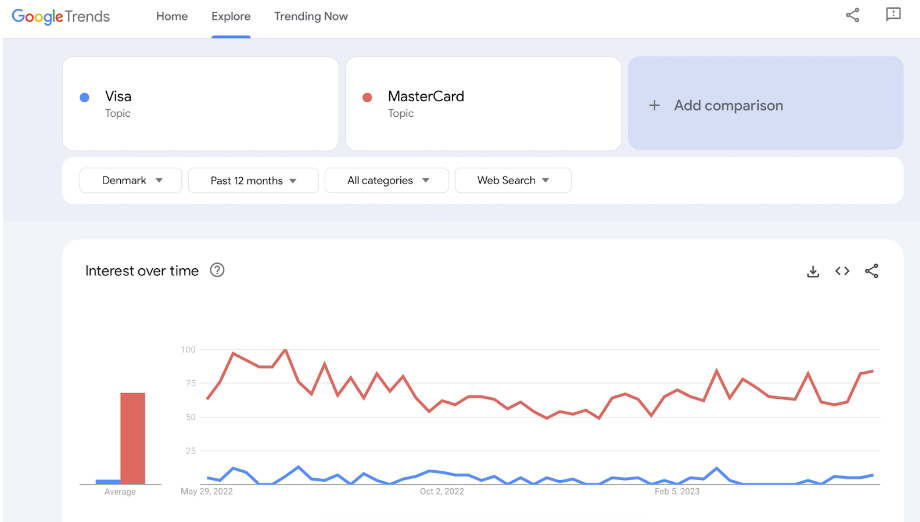Pain Points, the Keys to Customer Satisfaction and Business Growth
“Bad customer support,” “no opportunity to pay with ewallets,” “poor UI design,” “difficult checkout,” “delivery takes ages,” “FAQs take all my time.” For people, it’s ordinary nagging. For business — customer pain points, a holy grail of growth insights.
These are specific problems customers experience with a product or service in different industries. With this data in hand, you can provide people with a relevant solution, improve your product and customer service, and craft perfect marketing copy that’ll win customers’ hearts.
The formula is easy — define a problem, solve it, and enjoy increasing conversions.
Unfortunately, 4 out of 5 customers point out brands’ blindness to their needs.
Reason? Customers’ pain points are challenging to detect. So, here are five tips to help you
Define What Type Of Customer Pain Points You’re Looking For
There are four of them:
Financial pain points
It is a kind of that “too expensive” answer from a consumer at some point in your communication. The reason can be a hidden add-on in the plan, a price change after the discount ends, or a crisis making their business tighten the belt.
In any case, they don’t want or can’t pay the price you set for your product.
Your goal is to define the real reason so that you can solve it. For instance, add a subscription plan or change the features list according to the group of customers’ interests and pain points.
Productivity pain pointsUsually, there are speed or quality issues. For example, since there is no visual builder in an email service, marketers had to hire a developer to craft a promo email newsletter. As a result, the campaign launch delay led to a loss of a vast part of income. Another case of losing a big deal was because a lead was in a queue while a sales rep spent time on a tire kicker.
The first case is almost at the churning stage. The second is about problem consideration. If you provide an in-time solution, you can win a customer in both cases. Use productivity customer pain points in your messaging to prove your product can ease their job.
Process pain points
It can be a tech side of the process. For instance, when a store is charged high credit card fees in Europe because they expanded into new markets without adding a local card acquiring solution. Companies could also struggle understanding customer needs because they aren’t able to properly segment customers in their analytics and data collection tools. Other process pain points arise during the sales cycle due to the need to change internal processes to match a new tool.
Carefully documenting processes and regularly revisiting them can have huge payoffs because it can allow you to shorten the sales cycle and therefore convert interested people into paying customers faster.
Support pain points
Support pain points are about communicating with a brand and resolving customers’ questions quickly and effectively. All possible issues in this process are usually caused by your agents or the tools they use. If nothing changes, customers churn.
Good to know that each professional help desk software has a support team performance report. Monitor it regularly.
How to Discover Customer Pain Points
In addition to manual strategies, there are automated solutions, platforms, and even agencies to ease this process.
Here we’ve collected the most popular methods customer pain points to research. Let’s start with the most obvious.
Talk to your customers
There are a few ways to collect insights in a conversation with consumers. Here is a list of the most popular tactics businesses use:
Send them surveys. Usually, brands do it via email, SMS, or push notification after a purchase, conversation with a support agent, etc. Such surveys include questions about overall customer experience or specific complaints or ideas about a product, its features, or a process. For instance:
There can be open-ended, yes/no, and multichoice questions.
Conduct customer interviews. There are in-person online meetings where you ask customers questions about their experience. In addition to answers, you can read their body language and emotions. You can also make good use of automatic dialing to call your loyal customers with ease and have a short real-life conversation, finding out their pain points.
Here are examples of questions to ask:
- Launch a live chat on your website. Use web tracking to invite interested visitors to chat on a product page, at some moment of scrolling, or when they will leave it. After some time, you’ll see that most of the questions they ask during a chat are repeated. Thus, you can define pain points.
- Validate your ideas on customer pain points with a chatbot. Following the best practices of a smartly designed chatbot, it is better to place up to five answer options (pain points) in a message.
Another way to validate pain points is to publish a poll on socials.
Listen To Your Teams
There are people in your company who have direct contact with clients daily. They have valuable insights into the problem your customers face most of all.
- Customer support. Solving customers’ issues is their job. Most of the queries are repeating questions, so all you need to do is ask, “What common tickets are coming in?”
- Sales team. During lead qualification calls and demos, they collect tons of helpful insight about customer experience using tools of your competitors and the root causes of typical issues they face.
- Marketing team. They spend weeks researching trendy topics and competitors’ cases, finding bottlenecks in customer journeys, so tracking all that happens in your customers’ world.
One meeting with each team lead will save you months of work.
Follow Online Reviews
There are several sources where you can find it:
1. Social media, YouTube, etc. People used to share their opinion on the service or product quality publicly. Here is how a typical post may look:
When people share their customer experiences on their social media profiles and these comments or posts get more likes from others, it’s a sign for you to pay close attention to that review as other people also support it. The good thing is that there are numerous tools to help you monitor brand mentions.
2. Websites like G2 or Capterra. There you’ll find what features or processes cause issues. The most interesting data is in the Cons part:
In addition to customer reviews on your product, it is important to track what they say about competitors. Thus, you’ll have clear insights into industry trends, customer pain points, and the language they use to describe them.
Research your competitors
Companies with the same solution as you probably have the same buyer personas. It means they do the same work as you in terms of customer pain points.
Keep an eye on competitors:
- Marketing copy. They probably use pain points to explain product features.
- Case studies can’t exist without a “problem” part.
- Pricing structure.
- FAQs.
- Product updates.
- Ads copy.
- List of integrations.
Check Trends
Trending topics are the mirror of customer interests and pain points. Platforms like Google and Twitter already did your job. For example: LinkedIn and Twitter share suggestions on hot topics that match your customers’ interests in the relevant section.
Pro tip: Analyze the social media profiles of people who match your ideal customer. It is easy with filters. What do they post? What communities do they follow?
- Google Trends can show you if a product is a hit in the chosen area. For example, you can define what payment method is more popular in Denmark.
Imagine you implemented some of these methods and got a list of customer pain points. What’s next?
Resolving Customer Painpoints Doesn’t Have to Be Painful
Customer pain points research is a challenging task. It’s like collecting a thousand puzzle pieces of Bosch paintings (google, it’s creasy.) Putting real-time and historical data about your customers together and defining what they want before they realize it — sounds like a seer job.
Follow our guide to see the entire picture and make the right decisions only. Turn it into your yearly ritual to please potential customers.

